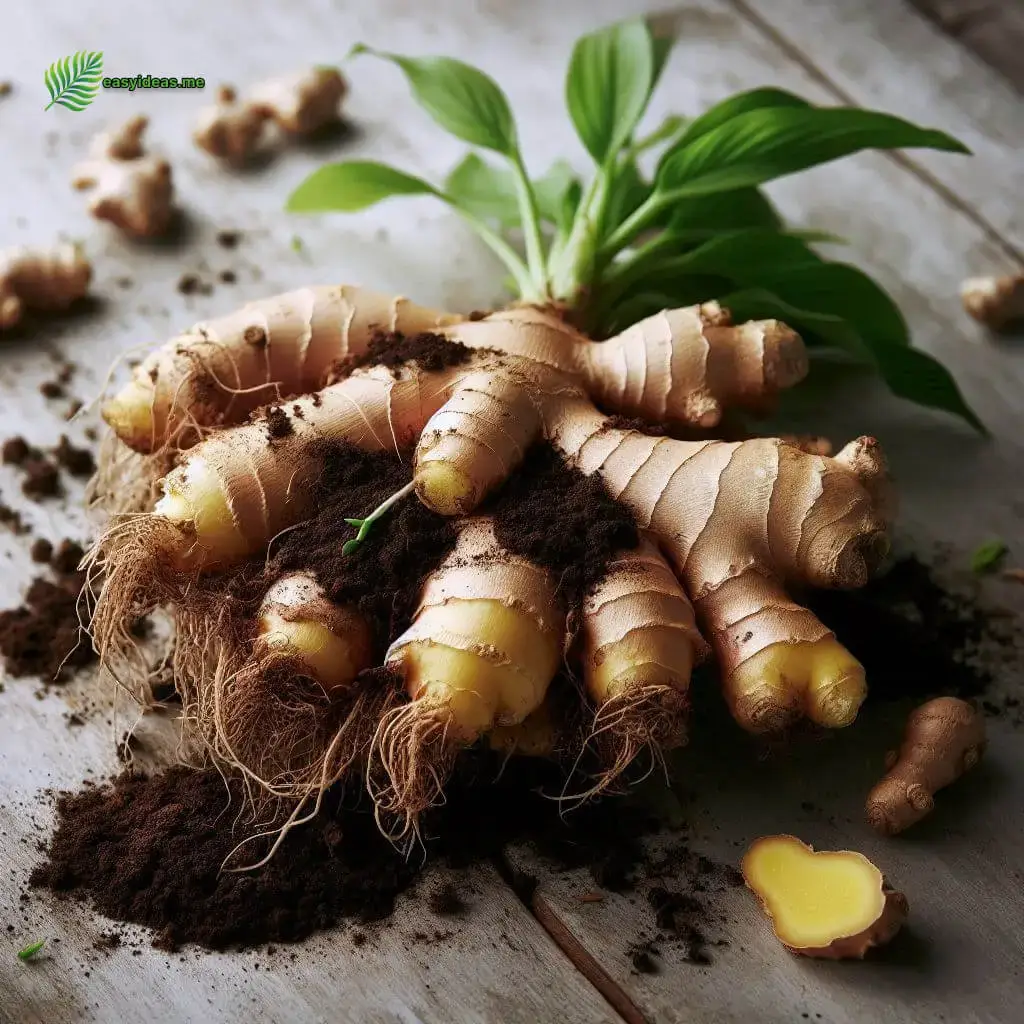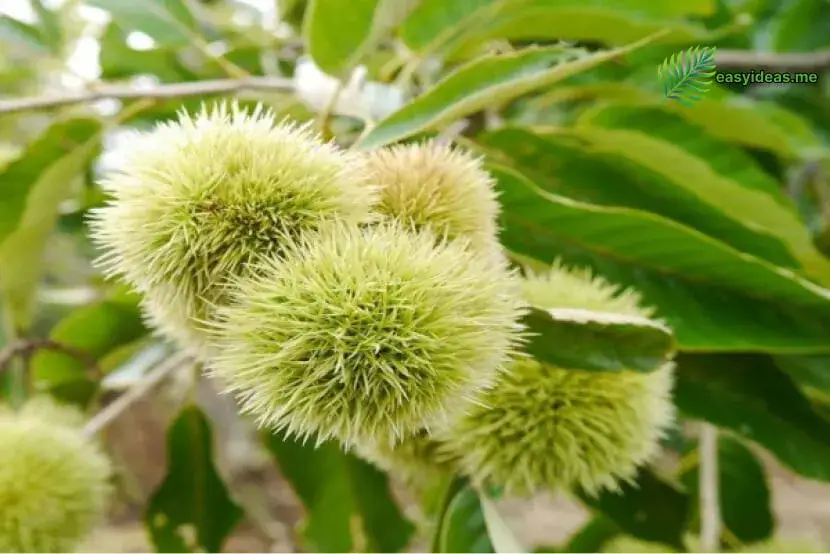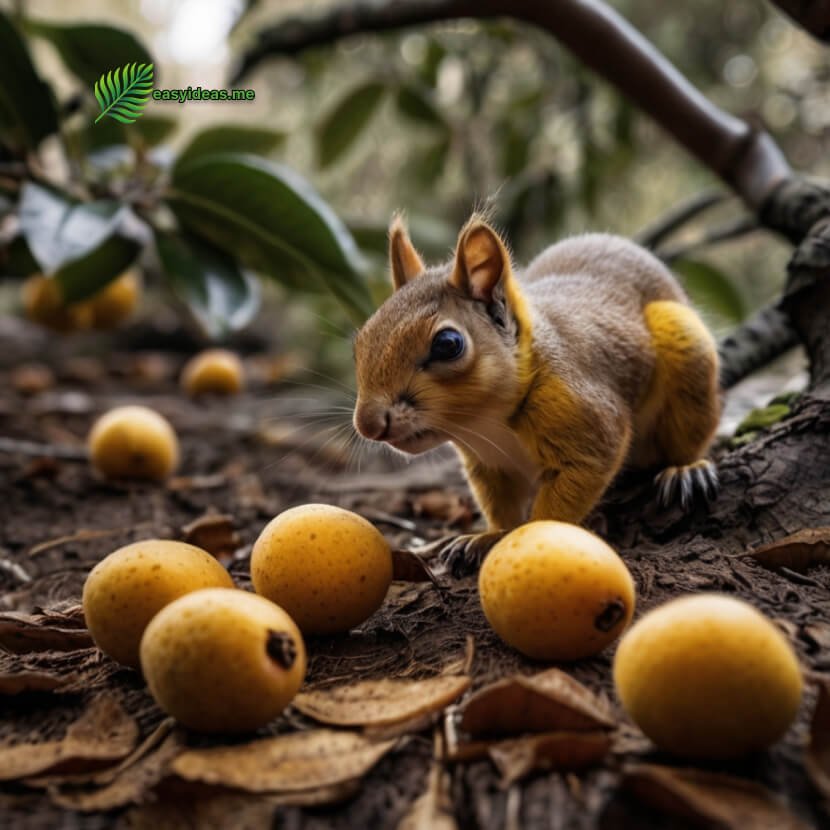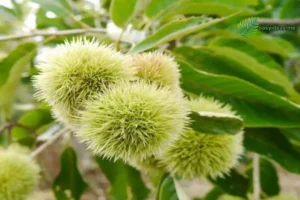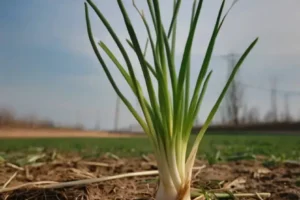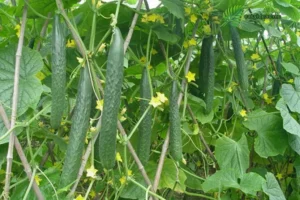Venus flytrap is a unique plant renowned for its distinctive ability to capture prey. Cultivating Venus flytraps requires attention to some key points to ensure their healthy growth and proper predatory function. Here are some considerations for Venus flytrap cultivation.
Firstly, Venus flytraps need ample sunlight. They require at least 6 hours of direct sunlight each day for photosynthesis and to maintain the energy needed for their growth. Make sure to place Venus flytraps in a sunny location, such as a balcony or windowsill, to provide optimal lighting conditions.
Additionally, Venus flytraps require a consistently moist soil environment. When watering, ensure that the soil is moist but not overly wet to prevent root rot. Venus flytraps prefer to keep their soil moist, so regular watering is necessary during the growing season, but avoid allowing water to accumulate at the bottom of the pot.
Furthermore, Venus flytraps need appropriate fertilizer to support their growth. During the growing season, you can use a carnivorous plant-friendly fertilizer once a month to ensure they receive the necessary nutrients. Be cautious not to over-fertilize, as it may harm the plant.

In addition, maintaining the right temperature is crucial for the growth and predatory ability of Venus flytraps. They typically thrive in warm indoor environments, with temperatures kept between 20-25 degrees Celsius. Avoid exposing Venus flytraps to cold conditions to prevent any adverse effects on their growth and predatory function.
Furthermore, Venus flytraps have specific soil requirements. They prefer well-draining soil rich in organic matter. You can choose soil specially formulated for carnivorous plants or use a mixture of peat moss and perlite to plant Venus flytraps. Ensure the soil has good aeration and drainage to prevent root rot.
When cultivating Venus flytraps, it’s crucial to avoid excessive touching or disturbing their traps. The traps of Venus flytraps are highly sensitive, and frequent touching or disturbance can cause them to lose their predatory ability and may potentially harm the plant. Allow Venus flytraps to grow in a quiet environment and minimize moving or touching their leaves.
Lastly, Venus flytraps have specific requirements for reproduction. They can be propagated through division or seeds. Seed propagation requires patience and skill, as Venus flytrap seeds are very small and germinate slowly. Division propagation is relatively simple; you can divide mature Venus flytraps in the spring and replant them in new soil.

In addition to the mentioned precautions, there are other details to consider. For instance, Venus flytraps require regular removal of dried leaves and dead traps to maintain cleanliness and promote healthy growth. Additionally, during their growth, Venus flytraps may encounter pest and disease issues, necessitating timely measures for prevention and control.
In summary, cultivating Venus flytraps requires attention to various details, including light, water, fertilization, temperature, and soil. Only by providing them with the appropriate growing conditions and proper care can Venus flytraps grow healthily and showcase their unique predatory abilities. I hope these guidelines assist you in successfully cultivating Venus flytraps and enjoying the pleasure of observing their insect-catching prowess.


